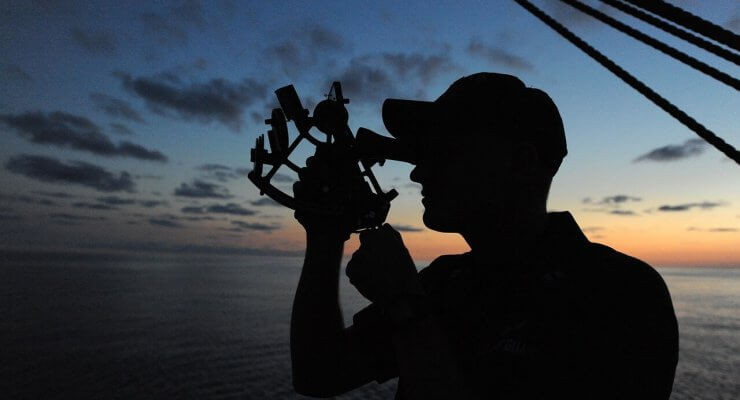A sextant is merely an instrument that measures the angle of a heavenly body (star, planet, sun and moon) makes with the visible horizon or the vertical or horizontal angle between two terrestrial objects. It derives its name from the arc at the bottom which is one-sixth of a circle. The principles of a sextant are easy to master but its use requires some skill and practice. Small errors make for large discrepancies in one's position.The trick is to make the celestial body just brush the horizon by a sweeping motion by the wrist - and herein lies somewhat of a knack. The principle of … [Read more...]
